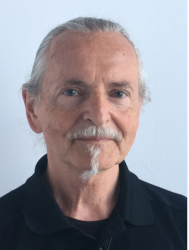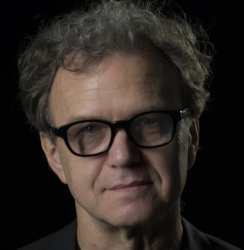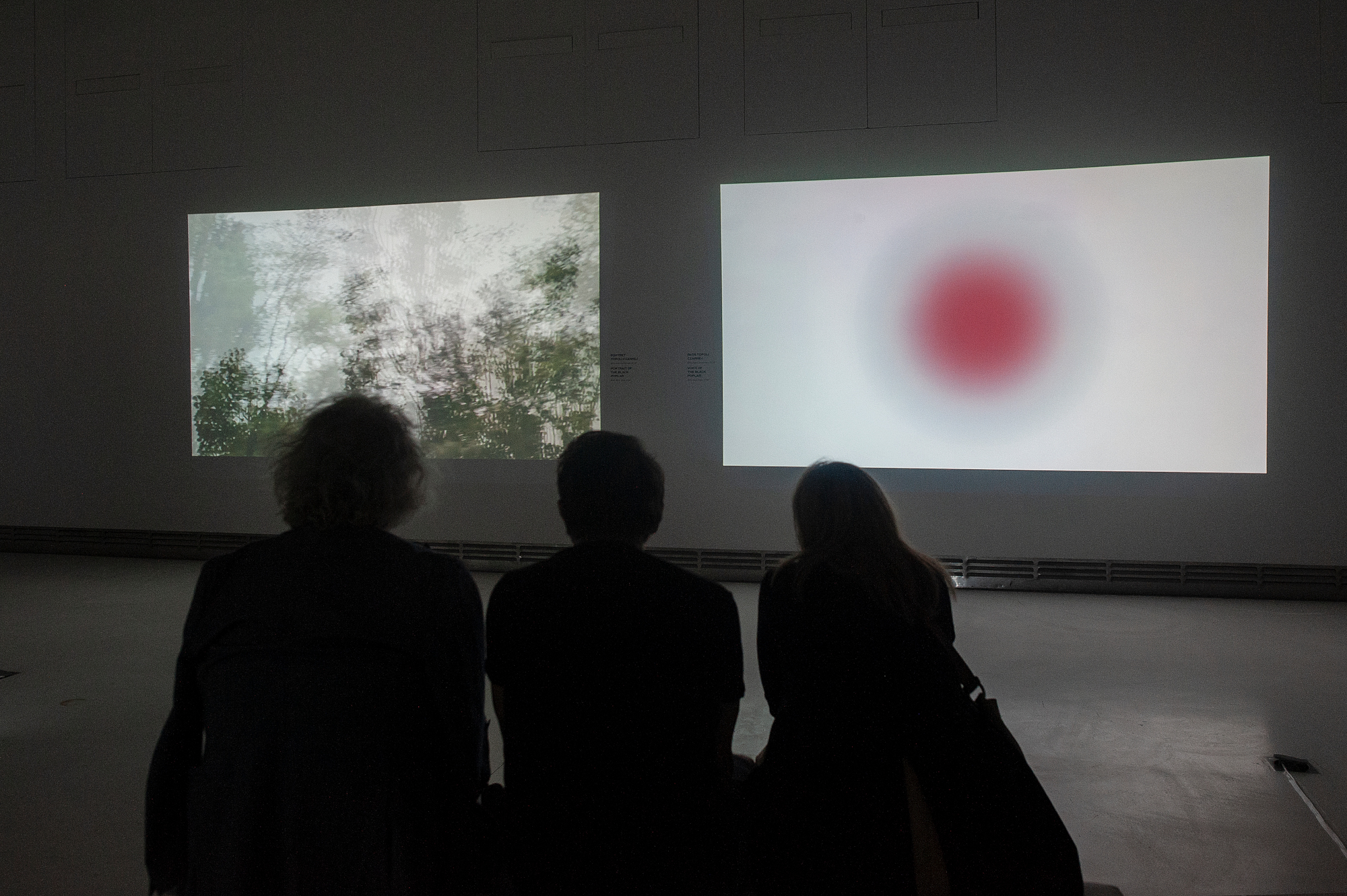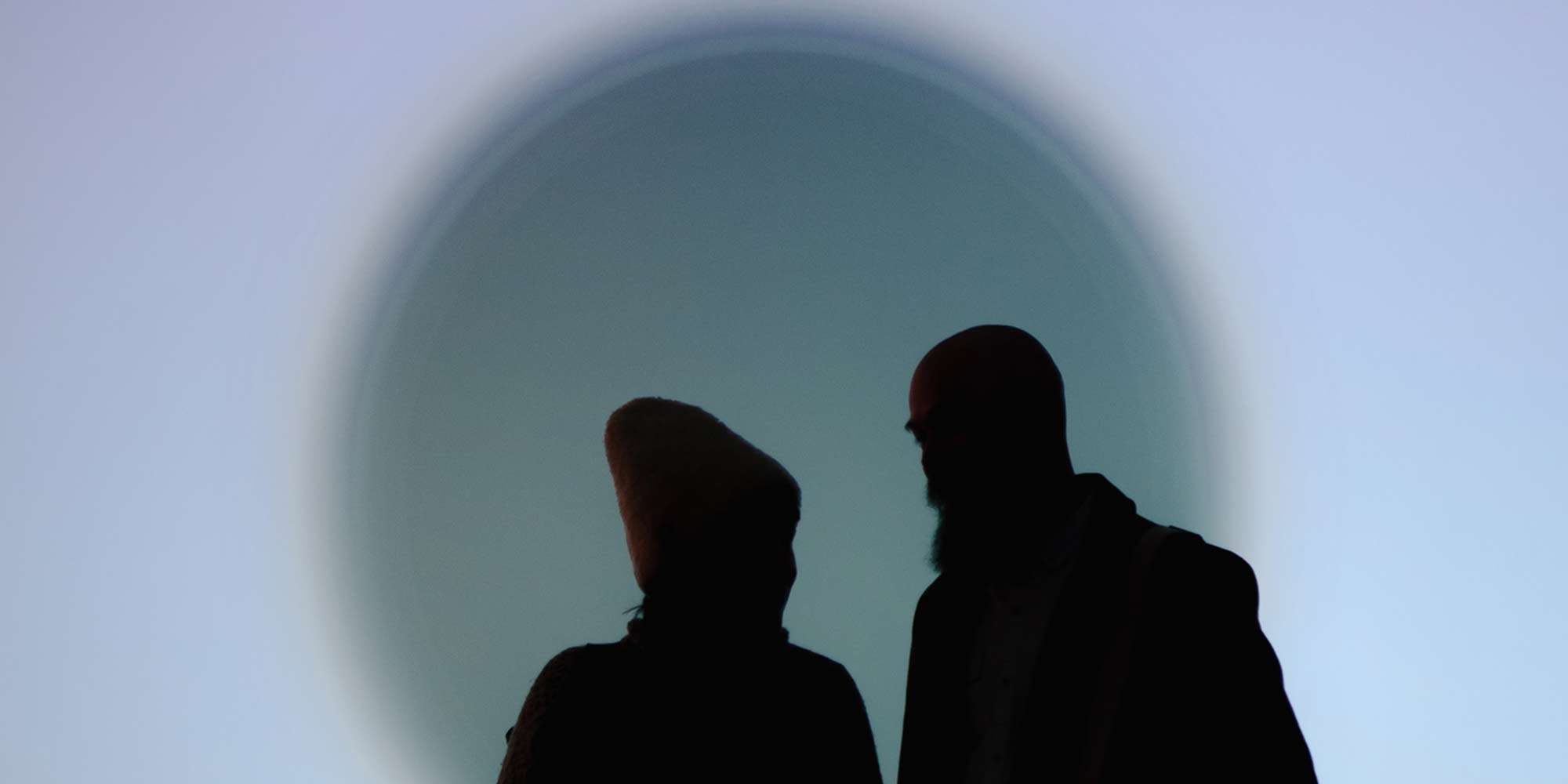an interdisciplinary discussion on the languages for working through the tragic past in arts
In the second half of the 20th century, after the atrocities of World War II, humanity faced the need to comprehend the indescribable. Figuring out how to live with the knowledge of terror and yet to remain human became a problem in and of itself. Recent decades have displayed the power of art to help us work through the past, usually shuttered in conventional academic or political optics. Art brings vital breakthroughs in approaching the subject of trauma. Any person, reflecting on how to work through the tragic past, especially if they did not witness the events, confronts the question: is my objective to recreate the nightmarish reality or elaborate an indirect statement? We face the issue of representation limits, accompanied by the necessity of holding onto the dignity of the victims and those included in the artist’s study. Artists employ asymmetrical, sometimes even shocking tools for working through the past, and, suddenly, it delivers an explosion. Ukrainian curators offer a conversation between representatives of different countries — Poland and Ukraine, the areas where the 20th-century nightmares left conspicuous traces — and diverse disciplinary spaces. The shared perspective, developed by Polish and Ukrainian specialists through the lens of the art languages, will make it possible to advance common yet specific ways of working through the tragic past. The event is organized by the cultural memory platform Past / Future / Art in partnership with the LAZNIA Centre for Contemporary Art and the Ukrainian Institute. It is connected with Olga Kisseleva’s exhibition “Trees of Memory: Roots and Runners” at LAZNIA CCA
Video
 Krzysztof Wodiczko: Krzysztof Wodiczko, artist and professor in Residence of Art, Design and the Public Domain at the Graduate School of Design at Harvard University.
Krzysztof Wodiczko: Krzysztof Wodiczko, artist and professor in Residence of Art, Design and the Public Domain at the Graduate School of Design at Harvard University. Ryszard W. Kluszczyński, media art writer, curator, professor of cultural and media studies at Lodz University, Poland, Chair of the Department of New Media and Digital Culture, professor at the Academy of Fine Arts in Lodz, Artistic Director of Art + Science Meeting program at Laznia CCA, Gdansk.
Ryszard W. Kluszczyński, media art writer, curator, professor of cultural and media studies at Lodz University, Poland, Chair of the Department of New Media and Digital Culture, professor at the Academy of Fine Arts in Lodz, Artistic Director of Art + Science Meeting program at Laznia CCA, Gdansk. Oksana Dovgopolova: Oksana Dovgopolova, Doctor Habilis in Philosophy of History, professor at the Department of Philosophy of the Odesa I.I. Mechnikov National University, member of the Memory Studies Association, curator of the Past / Future / Art project.
Oksana Dovgopolova: Oksana Dovgopolova, Doctor Habilis in Philosophy of History, professor at the Department of Philosophy of the Odesa I.I. Mechnikov National University, member of the Memory Studies Association, curator of the Past / Future / Art project. Moderator: Kateryna Filyuk, curator and art critic, currently Chief Curator at IZOLYATSIA (Kyiv).
Moderator: Kateryna Filyuk, curator and art critic, currently Chief Curator at IZOLYATSIA (Kyiv).


